Increased Focus on Energy Efficiency
The Commercial Walk-In Freezer Market is increasingly characterized by a focus on energy efficiency. As energy costs continue to rise, businesses are seeking refrigeration solutions that minimize energy consumption while maintaining performance. Walk-in freezers equipped with energy-efficient technologies, such as variable speed compressors and enhanced insulation, are becoming more desirable. This trend is further supported by government incentives and programs aimed at promoting energy-efficient appliances. The market is likely to see a shift towards products that not only meet energy efficiency standards but also provide long-term cost savings for businesses. This emphasis on sustainability and operational efficiency is expected to drive growth in the Commercial Walk-In Freezer Market.
Rising Demand in Food Service Sector
The Commercial Walk-In Freezer Market is experiencing a notable surge in demand, particularly from the food service sector. As restaurants, catering services, and food retailers expand their operations, the need for efficient and reliable refrigeration solutions becomes paramount. According to recent data, the food service industry is projected to grow at a compound annual growth rate (CAGR) of approximately 4.5% over the next few years. This growth directly correlates with the increasing adoption of walk-in freezers, which provide ample storage space and maintain optimal temperatures for perishable goods. Consequently, manufacturers are focusing on enhancing the energy efficiency and storage capacity of their products to meet the evolving needs of this sector.
Technological Innovations in Refrigeration
Technological advancements are playing a pivotal role in shaping the Commercial Walk-In Freezer Market. Innovations such as smart refrigeration systems, IoT integration, and energy-efficient compressors are becoming increasingly prevalent. These technologies not only enhance the operational efficiency of walk-in freezers but also contribute to significant energy savings. For instance, the integration of IoT allows for real-time monitoring and management of temperature and humidity levels, ensuring optimal storage conditions. As businesses seek to reduce operational costs and improve sustainability, the demand for technologically advanced walk-in freezers is likely to rise. This trend indicates a shift towards more intelligent and efficient refrigeration solutions in the market.
Growth of E-commerce and Online Food Delivery
The Commercial Walk-In Freezer Market is witnessing a transformation driven by the growth of e-commerce and online food delivery services. As consumer preferences shift towards convenience and accessibility, food retailers and restaurants are adapting their operations to meet these demands. This shift necessitates the need for efficient storage solutions, such as walk-in freezers, to ensure that perishable items are stored correctly and remain fresh during transit. The e-commerce food sector is expected to grow significantly, with projections indicating a CAGR of around 10% in the coming years. This growth presents a substantial opportunity for manufacturers of walk-in freezers to cater to the evolving needs of the food delivery market.
Regulatory Compliance and Food Safety Standards
The Commercial Walk-In Freezer Market is significantly influenced by stringent regulatory compliance and food safety standards. Governments and health organizations worldwide are implementing rigorous guidelines to ensure the safe storage of food products. These regulations necessitate the use of high-quality refrigeration systems that can maintain specific temperature ranges. As a result, businesses are increasingly investing in walk-in freezers that not only comply with these standards but also offer advanced monitoring systems. The market is expected to witness a steady growth rate, as adherence to food safety regulations becomes a critical factor for food service providers and retailers. This trend underscores the importance of reliable refrigeration solutions in maintaining food quality and safety.


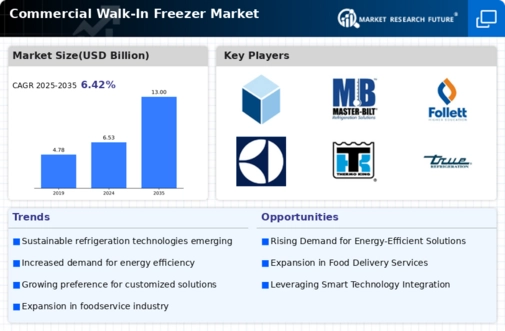
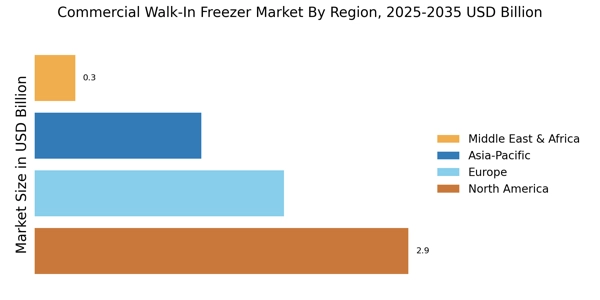

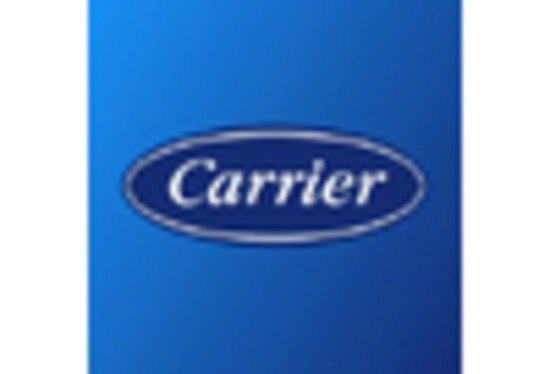
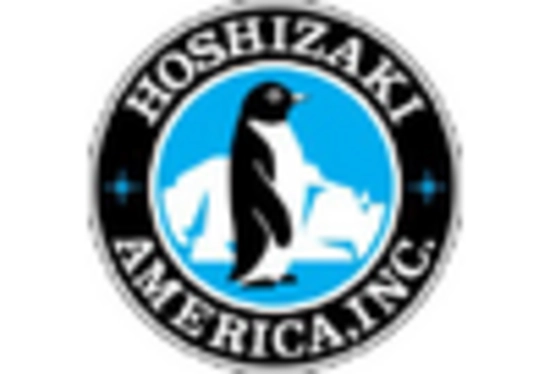
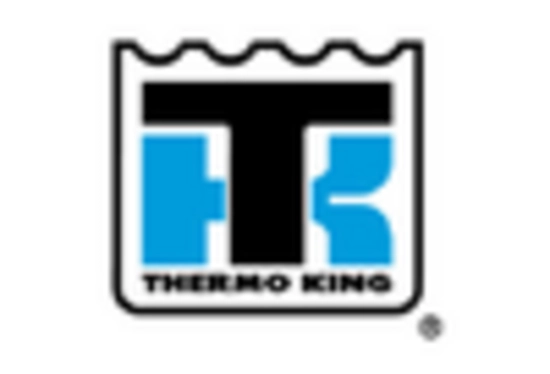
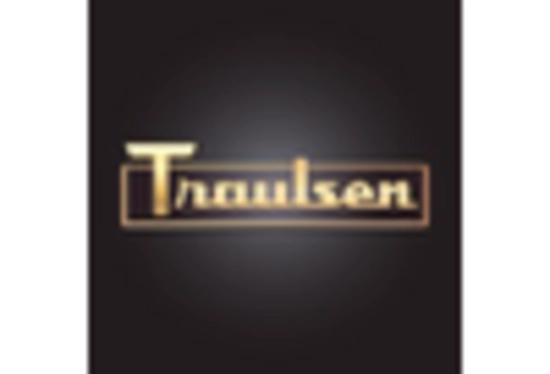
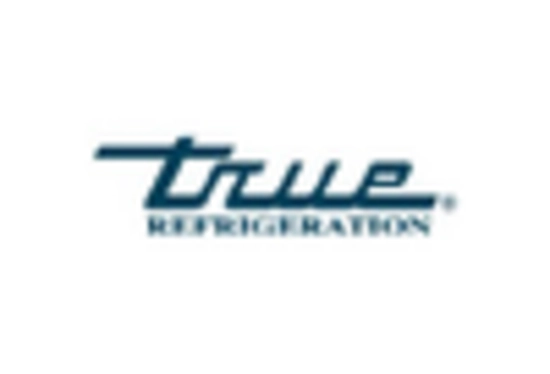








Leave a Comment